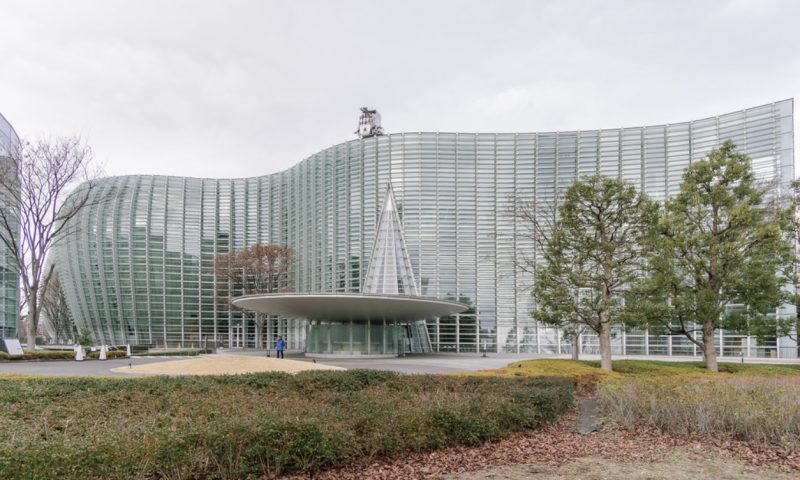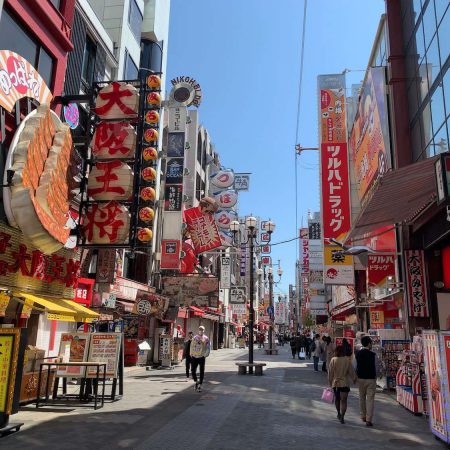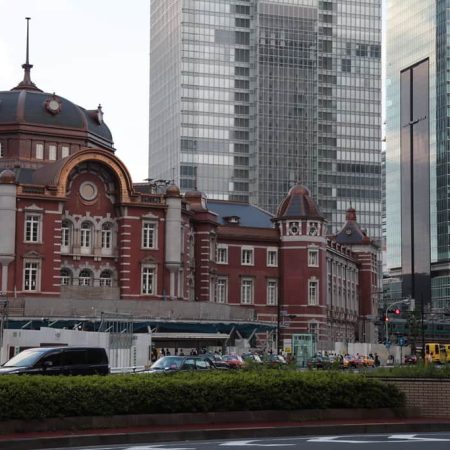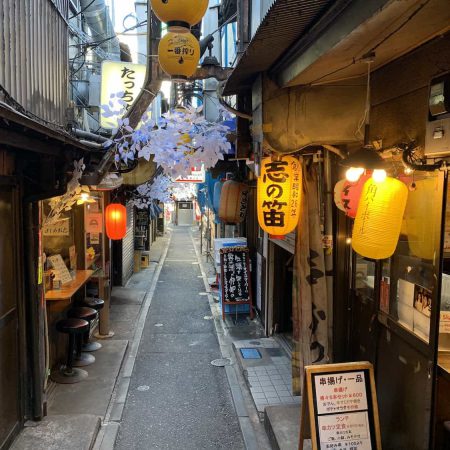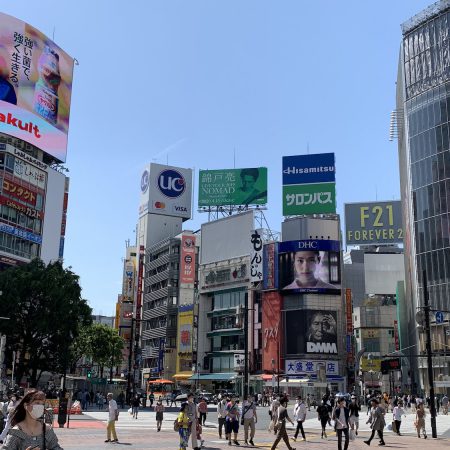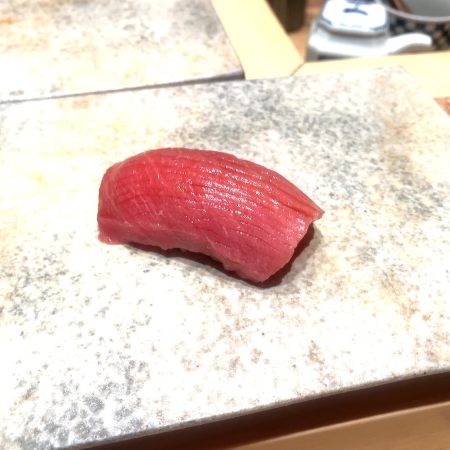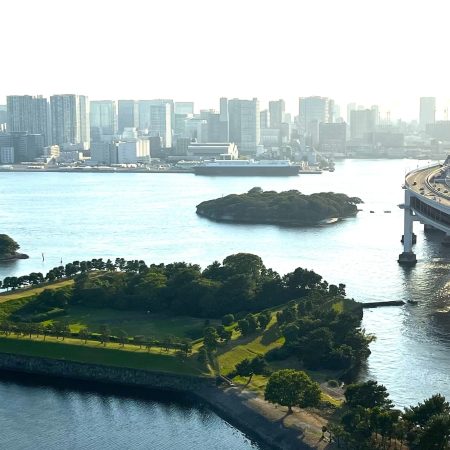Discover the vibrant art scene in Roppongi by exploring two must-visit museums: The National Art Center, Tokyo (NACT) and the Suntory Museum of Art. NACT, spanning 14,000 square meters and designed by Kisho Kurokawa, redefines the museum experience with 12 galleries hosting ever-changing exhibitions, emphasizing cultural diversity. Offering free access and employing advanced technology for an immersive visit, NACT is recognized for its architectural excellence and attracts millions of visitors annually. On the other hand, the Suntory Museum of Art, founded by Suntory Holdings Limited in 1961, provides a captivating fusion of artistic expressions, cultural events, and natural scenery. With a focus on “Art in Life,” the museum, designed by Kengo Kuma, houses over 3,000 pieces, including National Treasures, and seamlessly blends Japanese tradition with modernity, offering a unique cultural experience in the heart of Tokyo Midtown.
The National Art Center, Tokyo (国立新美術館)
The National Art Center, Tokyo (NACT) stands out as a dynamic and innovative art destination, transcending traditional museum concepts. Spread across 14,000 square meters, designed by architect Kisho Kurokawa, NACT features 12 galleries with ever-changing exhibitions, promoting cultural diversity and mutual understanding. Noteworthy for its free access and convenient locations, the museum employs advanced technology, including a smartphone app and digital signage, for an immersive visitor experience. With diverse programs, an Art Library, and recognition for architectural excellence, NACT is a prominent and award-winning art museum in Japan, attracting millions of annual visitors.
Suntory Museum of Art (サントリー美術館)
The Suntory Museum of Art, established in 1961 in Tokyo Midtown by Suntory Holdings Limited, offers a captivating blend of artistic expressions, cultural events, and natural scenery. With a philosophy of “Art in Life,” the museum houses over 3,000 pieces, including National Treasures and Important Cultural Properties, showcasing the splendor of daily life from the Heian to Edo periods. Designed by architect Kengo Kuma, the museum seamlessly combines Japanese tradition with modernity, creating a warm “urban living room” with panoramic city views. Visitors can enjoy a tearoom, museum shop, café, and diverse events, making it a unique cultural experience highlighting Japanese art and craftsmanship.

